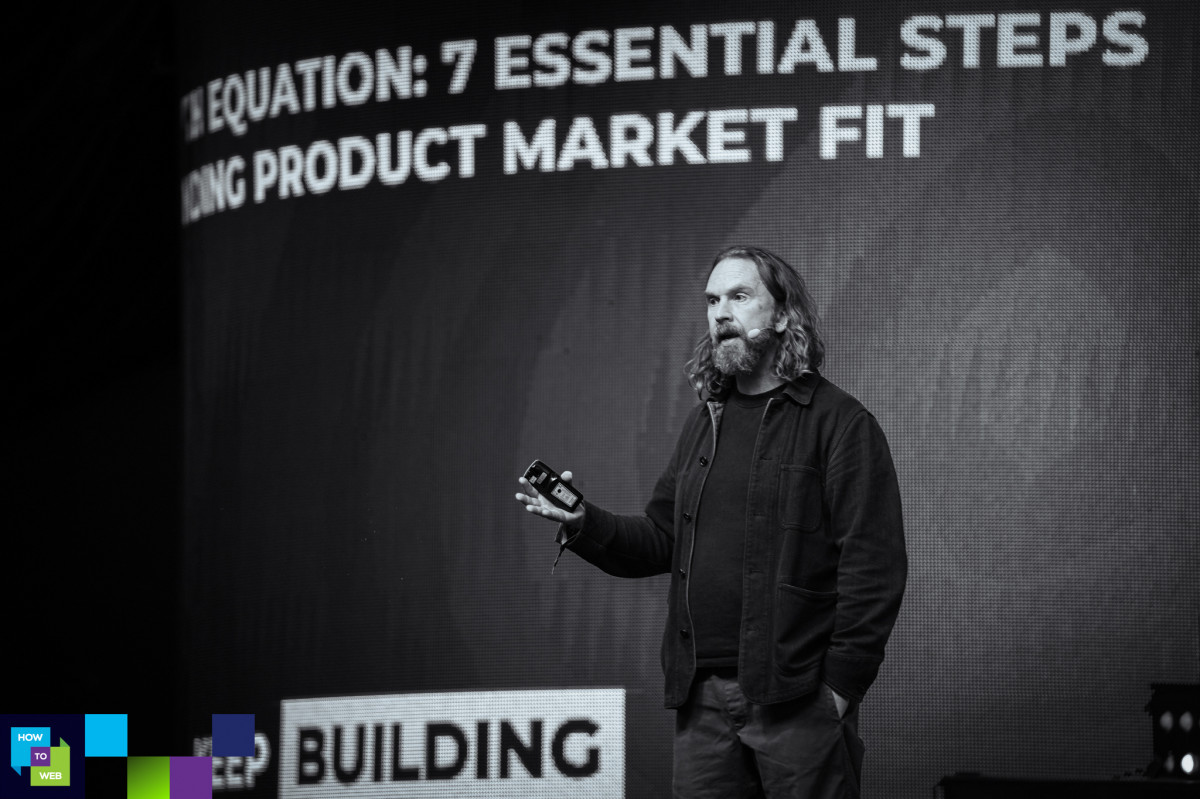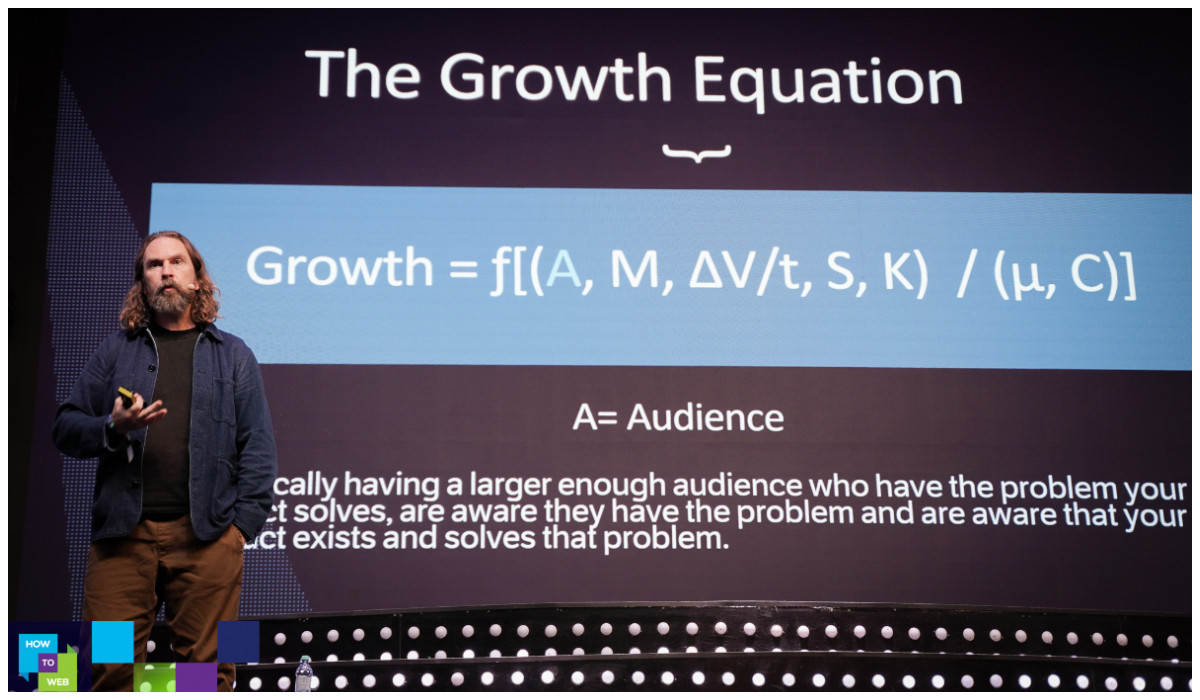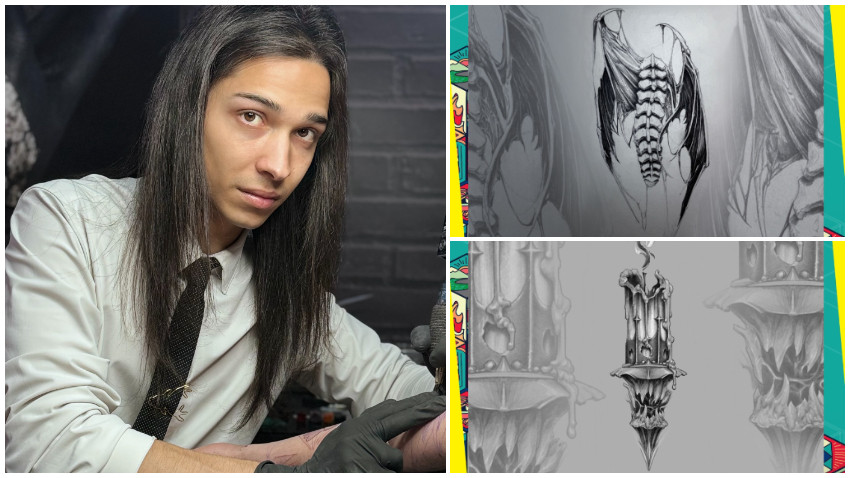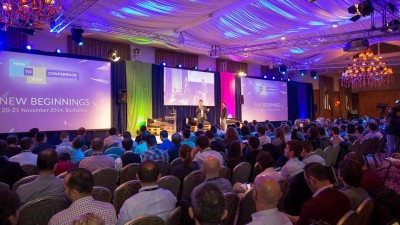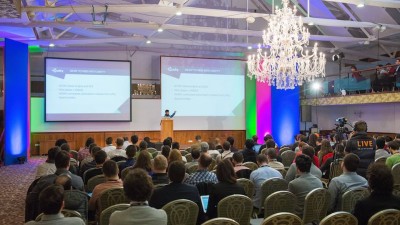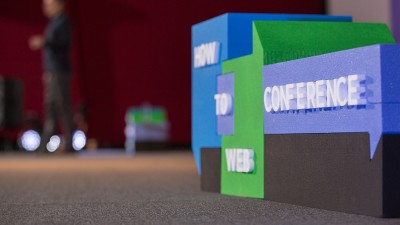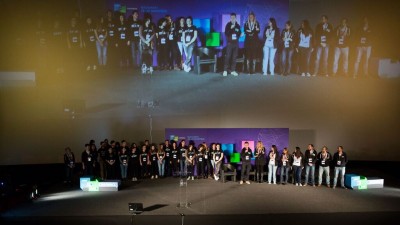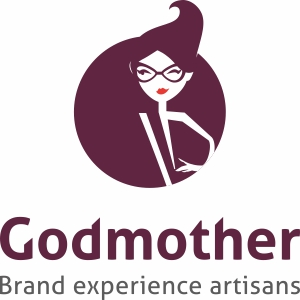Some time ago, in the early age of www, in a Cyber Café in Indonesia, Andy Budd saw someone building their own webpage. It was a moment of epiphany: he realized that anyone could create something online, not just companies. Now, AI comes with the same promise: giving everyone design tools and creative recipes. These benefits come with risks, however. We can end up relying too much on automatic suggestions instead of following our own creativity and intuition.
"It’s crucial for designers to remain mindful of this and to balance the use of AI with our unique human insights. Finding that equilibrium will be key to ensuring that we harness the potential of AI without sacrificing the depth and originality that good design demands", says Andy.
Andy Budd is Design & Product Leader VC, author, conference speaker, investor and coach. In his new book, "The Growth Equation", he wrote about his insights crafted from years of experience guiding startups from concept to scale, showing how to use data, design, and customer understanding to unlock sustainable growth.
Andy Budd was recently in Romania, a Keynote Speaker at How to Web Conference 2024, a conference that brought together over 3000 participants. On this occasion, we talked about design, the influence of AI and how the variables and unknowns of the growth equation are changing in this time of transformation.
Important chapters in your experience
If I were to give my design journey chapter names, they might look something like this:
Chapter 1: Lunchtime Computer Club
I’d kick things off with how I first discovered computers, hanging out with friends on the school’s BBC Micro while everyone else was outside playing. It would be a nostalgic trip back to getting my first ZX Spectrum 48K, excitedly copying game code from magazines, and learning a bit about programming from a neighbor who worked in tech.
Chapter 2: A Cyber Café in Indonesia
Next, I’d share the moment I stumbled into a cyber café in Indonesia. While I was there, I saw another backpacker building their own webpage, and it hit me—this wasn’t just something big companies did; individuals like us could create something online, too. It was a revelation that opened up a whole new world for me and sparked my excitement for web design.
Chapter 3: Free Books at Waterstones Café
Then there would be the chapter about spending countless hours at Waterstones, nursing a coffee and getting lost in all the books on early web design. Those afternoons shaped my understanding of what I wanted to do.
Chapter 4: Blagging My Way In
This chapter would be a fun one—how I managed to land my first agency job by pretending I knew Flash. It’s a bit embarrassing, but I spent the entire weekend cramming to figure out how to actually make it work!
Chapter 5: Catching a Break from Mr. Zeldman
I’d reminisce about my blogging days and how I caught my big break thanks to Jeffrey Zeldman. His influence taught me so much about web standards, and I wouldn’t be where I am without that.
Chapter 6: The Britpack Goes to Austin
In this chapter, I’d share stories from my early conference speaking adventures, especially that trip to Austin with my fellow Britpack members. We had a blast, and it was one of those moments that made me feel like part of a larger community.
Chapter 7: The Rise of UX
This chapter would be all about being part of the UX movement. I’d talk about the ups and downs and how exciting it was to see the industry evolve and gain recognition.
Chapter 8: Becoming the Best Agency in the World
I’d reflect on the journey of our agency, sharing the highs and lows and what it took to strive for excellence while navigating the chaos of the design world.
Chapter 9: A Journey into Venture
Finally, I’d wrap up with my current adventure in venture capital, exploring how my background in design has shaped my approach to investing and helping startups grow.
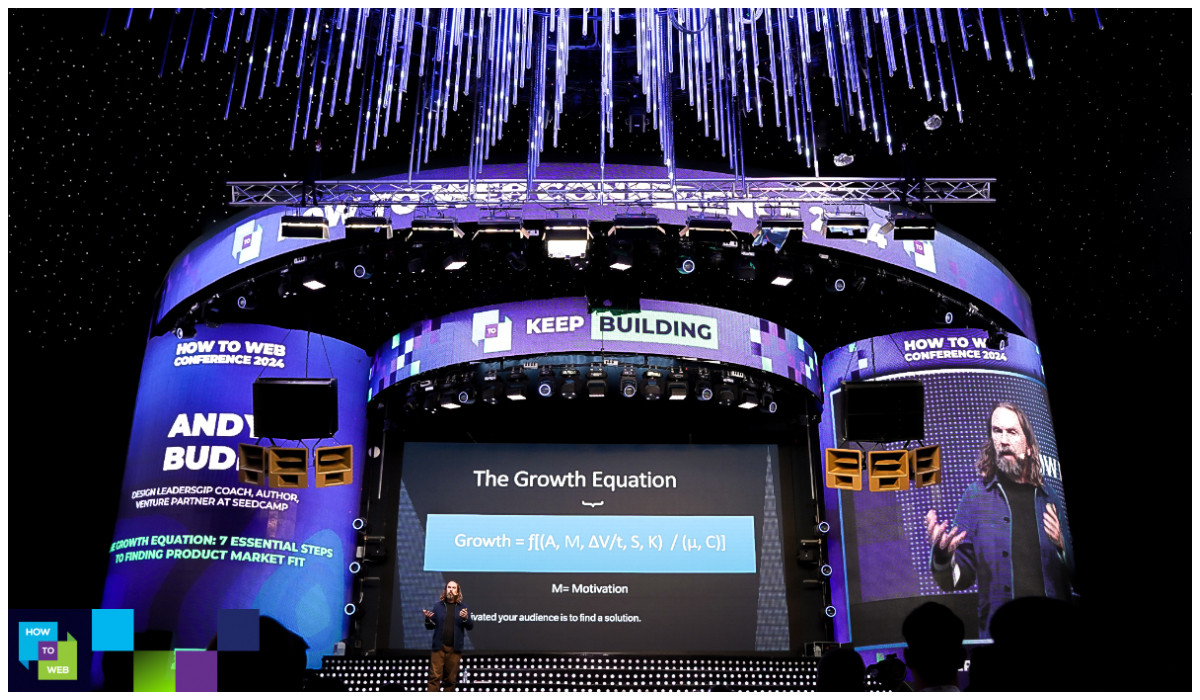
Andy Budd at How to Web 2024, Bucharest
Your beginnings as a designer: expectations & fears
What I remember most vividly from my beginnings as a designer is the overwhelming sense of potential in the air. I didn’t really have any specific expectations or fears; I was just excited to be part of something new. I got into web design at a time when the landscape was just opening up, which felt exhilarating. I created the third-ever website in the UK that used CSS, and suddenly I was being seen as a web standards expert. I also founded the first UX agency in the UK and organized the first UX conference, which put me at the forefront of that emerging field as well. Back then, it was all greenfield; there were no established rules, and that freedom allowed me to explore, innovate, and carve out my own path.
Your perspective on design
I don’t think anything has fundamentally changed in my attitude toward design. I still view it as being about so much more than just aesthetics; it’s about how something works and how people experience it. Throughout my journey—from being a young designer to founding a design agency and advising startups—I’ve developed a strong sense of user-centricity.
I truly believe that taking the time to understand user needs and providing solutions that address their problems in a meaningful way is key to success. Unfortunately, many businesses still see design as merely about making things look pretty, and in doing so, they overlook the incredible opportunities that come from a more thoughtful approach—opportunities that companies like Apple and Airbnb have capitalized on.
Topics that concern you
One of my primary concerns is that companies are leaving a significant amount of money on the table—along with the potential for happier customers—by prioritizing the shipping of features over delivering meaningful experiences. Despite the field of UX being around for over 20 years, it is still poorly practiced and often misunderstood. This disconnect not only hampers growth but also limits the value that good design can bring to both businesses and their users.
What does it take a designer to solve "The Growth Equation"
Well the growth equation is really a business book for start-up founders, so I think founders need to be leading the charge when it comes to growth. However designers and product managers can obviously contribute to this. First off, designers and product managers are generally really good at doing user research and customer discovery, in order to understand the challenges users face and what they can do to solve them. Designers and product managers are also great at removing unnecessary friction from processes. So how can you get users signed up, onboarded, activated and receiving value as quickly as possible. Designers are also especially good at framing products in a way users understand, so can be really helpful when it comes to sorting out your promotional website.
In 2024, AI is undeniably reshaping the product design landscape, bringing with it a mix of both benefits and challenges. On the positive side, we now have access to a wide array of tools that can unlock creativity and streamline the design process. These innovations enable us to explore ideas more freely and enhance our productivity, making it easier to iterate and bring concepts to life.
However, there are some downsides to consider. While these AI-driven tools can be incredibly powerful, they also run the risk of leading us into narrow avenues of thinking, where we might rely too heavily on automated suggestions instead of our own creativity and intuition. It’s crucial for designers to remain mindful of this and to balance the use of AI with our unique human insights. Finding that equilibrium will be key to ensuring that we harness the potential of AI without sacrificing the depth and originality that good design demands.
Changing Role of Designers
The role of designers is evolving significantly in the context of social and technological transformations. Traditionally, designers have been defined by two key attributes: their craft skills, which enable them to skillfully manipulate tools to create outputs—whether that was pen and paper in the past or modern digital design tools like Photoshop and Figma today—and their taste, which allows them to maintain the quality of those outputs.
Historically, many individuals may have believed they had good taste, but lacked the craft skills to translate their ideas into a tangible form. However, advancements in design systems and large language models (LLMs) are changing this dynamic.
As craft skills become less of a barrier and more people gain access to tools that can produce high-quality designs, designers must elevate their game to retain their influence. In a world where anyone can generate designs using AI-driven tools, it’s essential for designers to assert themselves as decision-makers rather than merely acting as editors who feed prompts into an LLM and select their preferred renders. This shift requires designers to deepen their strategic understanding, focus on user-centered design, and leverage their unique insights to guide the creative process. By doing so, they can ensure their role remains vital in shaping meaningful and impactful design outcomes.
A word that defines your vision as a designer
User-centricity.



